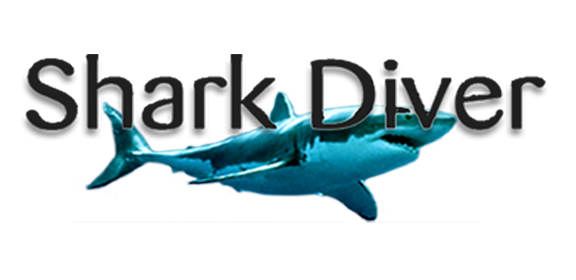Vancouver Sun March 2011

Eye to eye with the Great White
By Craig Reynolds
North Americans are closer than they think to what is arguably the best place on earth to experience Great White Sharks.
When you tell people you’re going on a shark dive, you can almost guarantee that you’ll get a fairly similar reaction from most people. You’re crazy, they’ll say. But for those of us guys (and yes, girls too) who think of our time off as a time for adventure, there is an island where you can do what very few people have done.
The Isle of Guadalupe, Mexico, the same place where Disney chose to film its spectacular encounters with Great White sharks in the movie Oceans, is accessible by charter from San Diego an easy flight from most North American cities. And as guys-only getaways continue to grow in popularity, the adrenalin junkies on Shark Week aren’t the only ones discovering this remote feeding ground.
The company that I have entrusted all of my limbs to for the next five days, Shark Diver has been providing eco-shark tours for 10 years now. The research and tourist dollars collected help protect a species that is actually now under serious threat from humans. CEO Patrick Douglas explains, “We have an obligation to these sharks, as a site steward and operator. I see my job as one of research support, education and safety for these magnificent animals.
What’s more, he understands that every year from mid-August to mid-November, Great Whites congregate in large numbers near this volcanic sanctuary, 150 miles off the coast of Baja. It is a breeding ground for thousands of northern elephant seals and fur seals, a preferred prey of these 15 foot-plus apex predators. With up to 100 feet of visibility, it is without a doubt, one of the best places on earth to view the Carcharodon carcharias, the scientific name for the large shark with jagged teeth.
For many of the U.S. and Canadian born passengers on this 80-foot vessel, we’ve become familiar with Guadalupe’s reputation from its many appearances on Shark Week. What surprises me though, is that a kiwi passenger, Dave has traveled all the way from New Zealand to be on this particular live-aboard because it actually guarantees shark sightings, something he hasn’t been able to find in other famous shark hot spots like Australia or even South Africa.
Now on board the Horizon, we drown some seasickness pills with a Budweiser and prepare for the full day voyage.
When the morning of truth arrives, I drop out of bed like a kid on Christmas and try to find my sea legs as I navigate the spiral staircase upward. And of course, I’m not even the first one up. My fellow Shark Week geeks are just as into this as I am. With only the island’s silhouette revealed by the first suggestion of sunrise, it kind of feels like I’ve arrived at Skull Island.
Outside on deck, the crew is running a hose through the fresh buckets of chum. The purpose of which is simply to attract the sharks. We are only here to observe these predators in their natural habitat, not to create a man-made “feeding frenzy”. As the fish blood spills overboard and into what looks like just any other blue sea, two reinforced steel cages are lowered off the stern of the boat and into the water. We haven’t even slid into our wet suits yet and a crew member signals, “White Shark!”
It’s perhaps 14 feet long, and has eaten its fair share of seals, I’d say. Yet somehow, with all the time I’ve spent in the water during my life, having never seen a Great White swimming in front of me, it looks perfectly normal here: the trademark dorsal fin, big black eye and gaping grin are all plainly visible from the deck above. You’ve never seen divers get into their gear so fast.
The only thing that requires any real skill is that with no fins to steady our movement, we find ourselves bobbing up and down in the cage and before I can even figure out how to properly manage my underwater camera while still holding onto the cage to steady myself, its stalking us.
Then, as if using an underwater cloaking device, the shark suddenly appears out of nowhere. And you wonder how something this spectacular in size could ever sneak up on you in just a split-second. Only the seals that have their head on a swivel for their own self-preservation are able to tip us off as to when the sharks are approaching.
By day two, my cellmates are jumping up and down on the steel floor making vibrations that they know will attract these two-plus tone predators.
And soon there are three, perhaps four 10-plus foot sharks circling our cage, coming in waves from all angles. But secure with the knowledge that humans aren’t a preferred food of this often-misunderstood “maneater”, I am thrilled beyond belief. To me, these are just wild animals doing a drive-by. Making their surveillance, they come closer and closer to us and, with each successive pass, I can finally see into the blacks of their eyes.
© Copyright (c) The Vancouver Sun
Written by Administrator.
